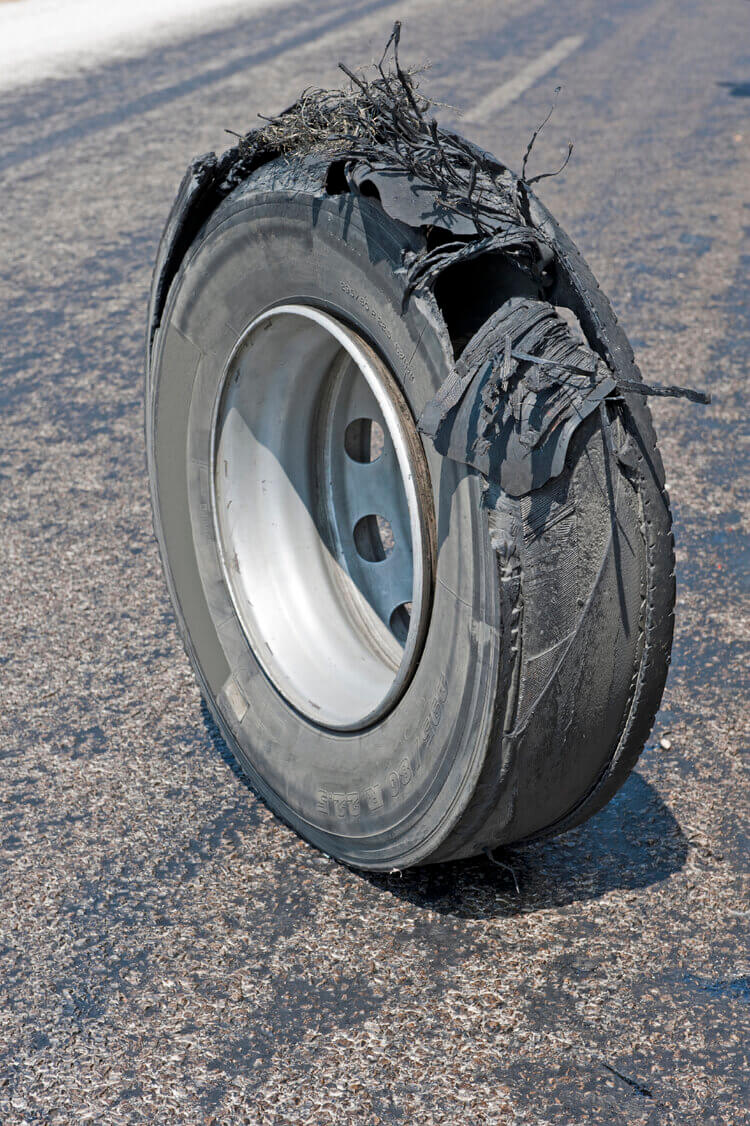
Every vehicle accident resulting in catastrophic injury or death should be screened for tire defects as a potential cause of the accident or source of recovery. Defects that can cause a tire to fail may not always be apparent.
In a case our firm settled recently, a post-collision inspection of the subject tire revealed sufficient tread to operate on the roadway; yet upon closer examination, a critical design and manufacturing defect caused it to fail before the tire wore out: the inner liner was woefully inadequate. In our practice, having seen this type of case many times over the last three decades, it is not uncommon for catastrophic accidents to start with a defective tire.
Causes of tire failure
When evaluating an auto accident case for tire defects, consider these factors:
-
Age of the tire. Older tires deteriorate with age and have a much higher risk of failure than newer tires with similar wear and tread depth.
-
Design/manufacturing defects. Poor design and construction of critical components, such as the inner liner, can allow air flow to permeate the internal tire structure and cause oxidation of the rubber components, making them brittle and susceptible to tread separation. In addition, poor manufacturing and placement of the belt plies can lead to premature failure.
Resolving defective tire cases
Many of our clients in personal injury cases have been drivers of vehicles of all sizes that become incapacitated due to a defective tire. A tread separation can cause a vehicle to drastically change course, and at high speeds it is very hard for the driver to compensate for this violent change of direction.
A tire detread can a truck to impact the interior or exterior of a highway, a bridge wall, and break through the guardrail that are present. Many signs of these types of cases is when the client is thrown from the vehicle and suffering severe injuries, because the vehicle is still traveling at high speeds when it comes into contact with a permanent fixture, due to the tire detreading and the driver loses control almost instantly.
The poor design and construction of an inner liner can lead to oxidation across the belt plies of a tire, ultimately resulting in tread separation. The tire manufacturer often design and construct a truck tire with an inner liner similar to that found in some passenger tires, despite the fact that they know it would be subjected to carrying much greater loads. Langdon & Emison routinely litigates matters over this type of situation and is able to sleuth out the defect and identify the party liable for the crash that can cause horrific injuries.

